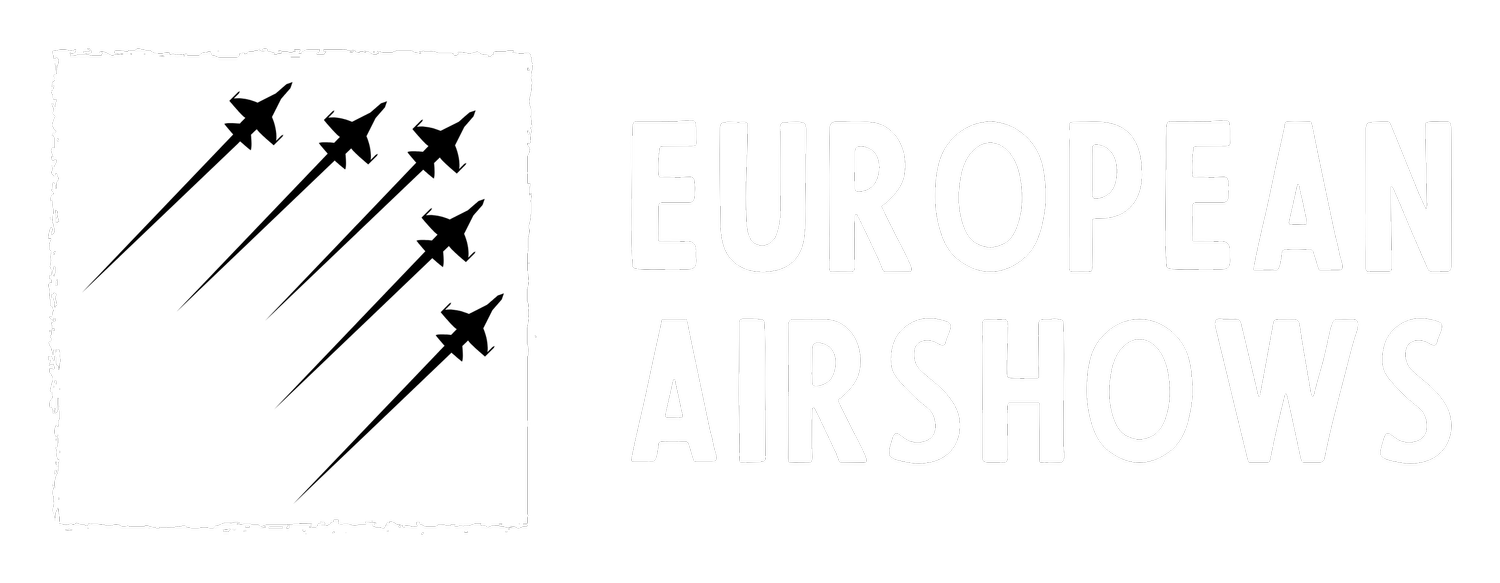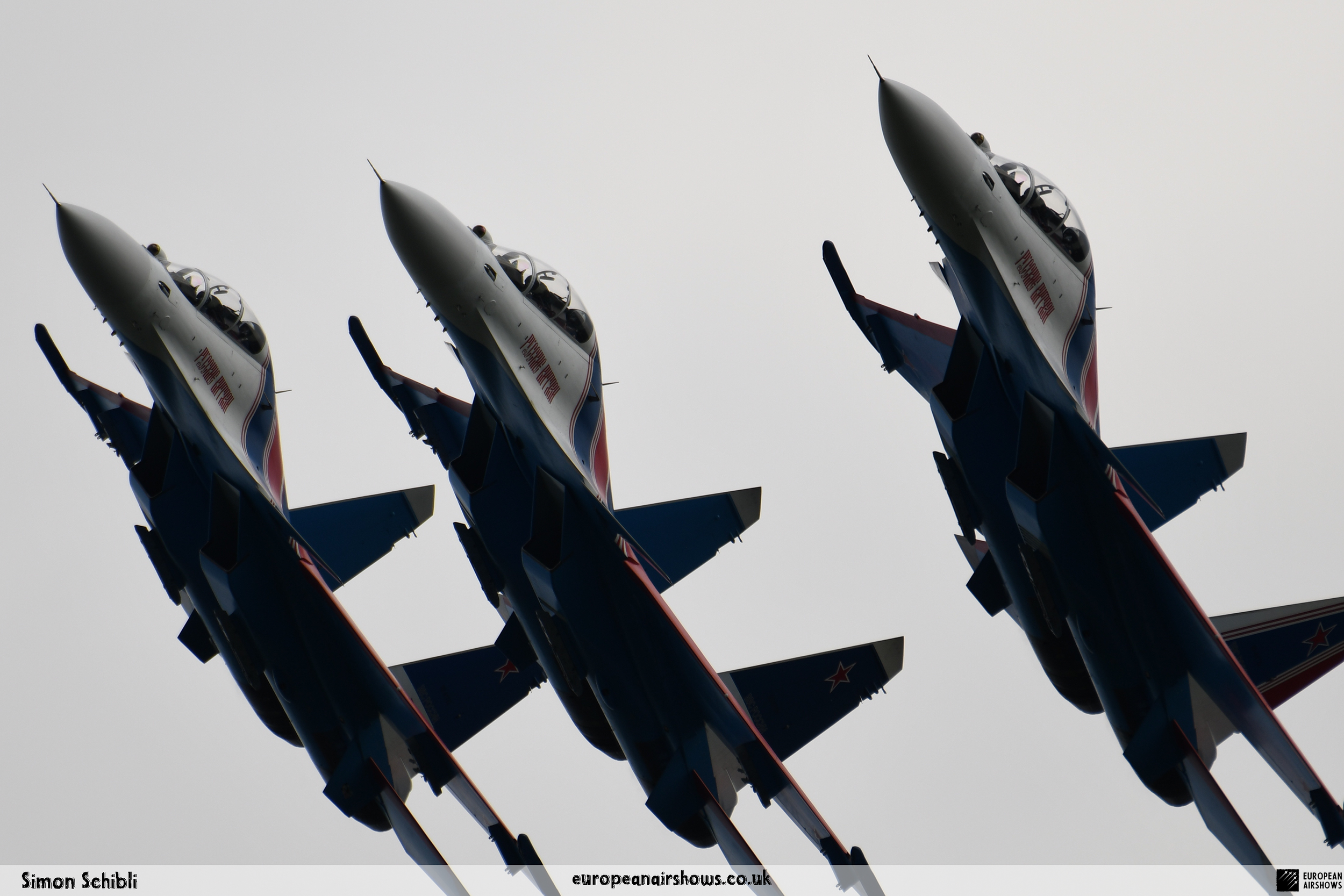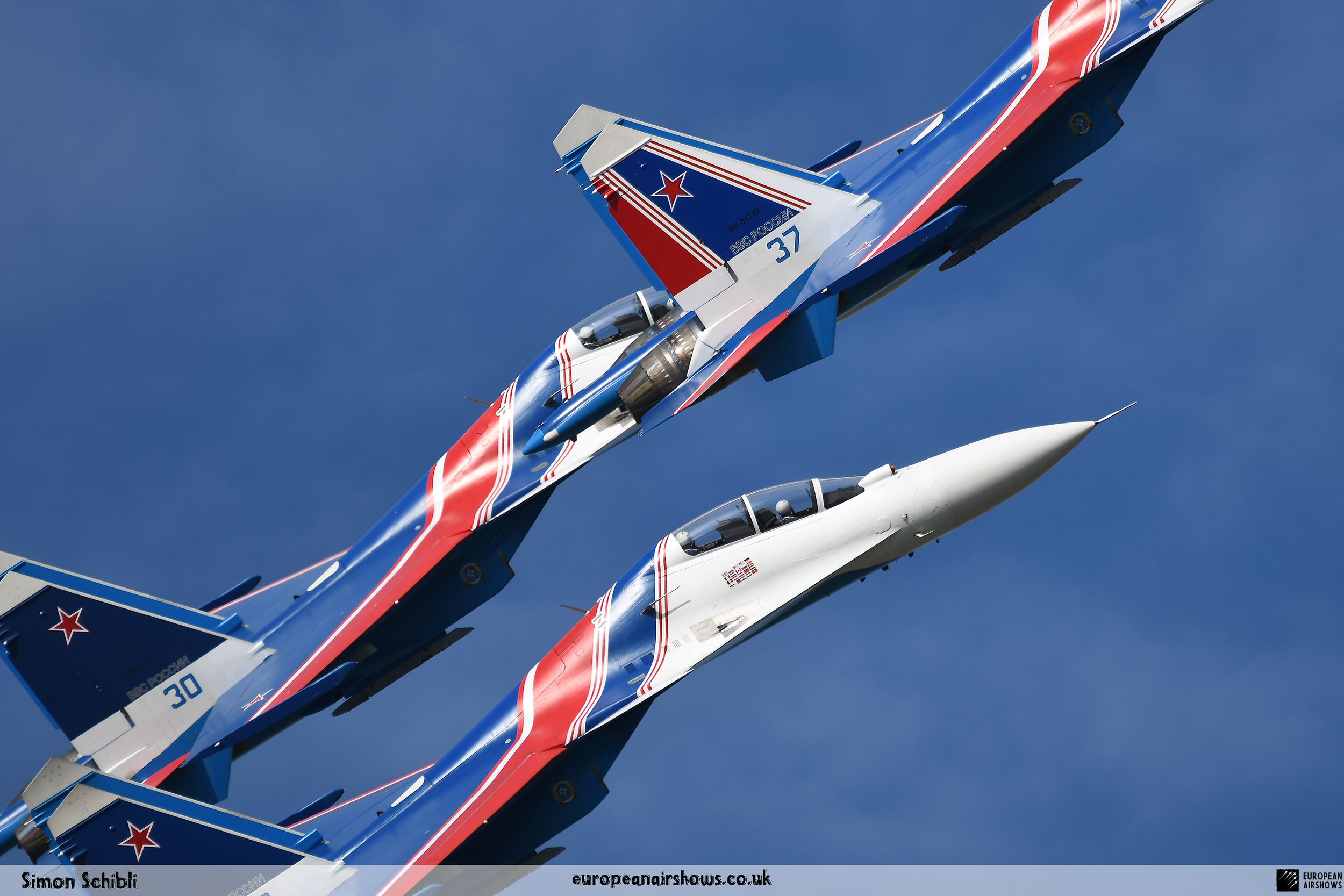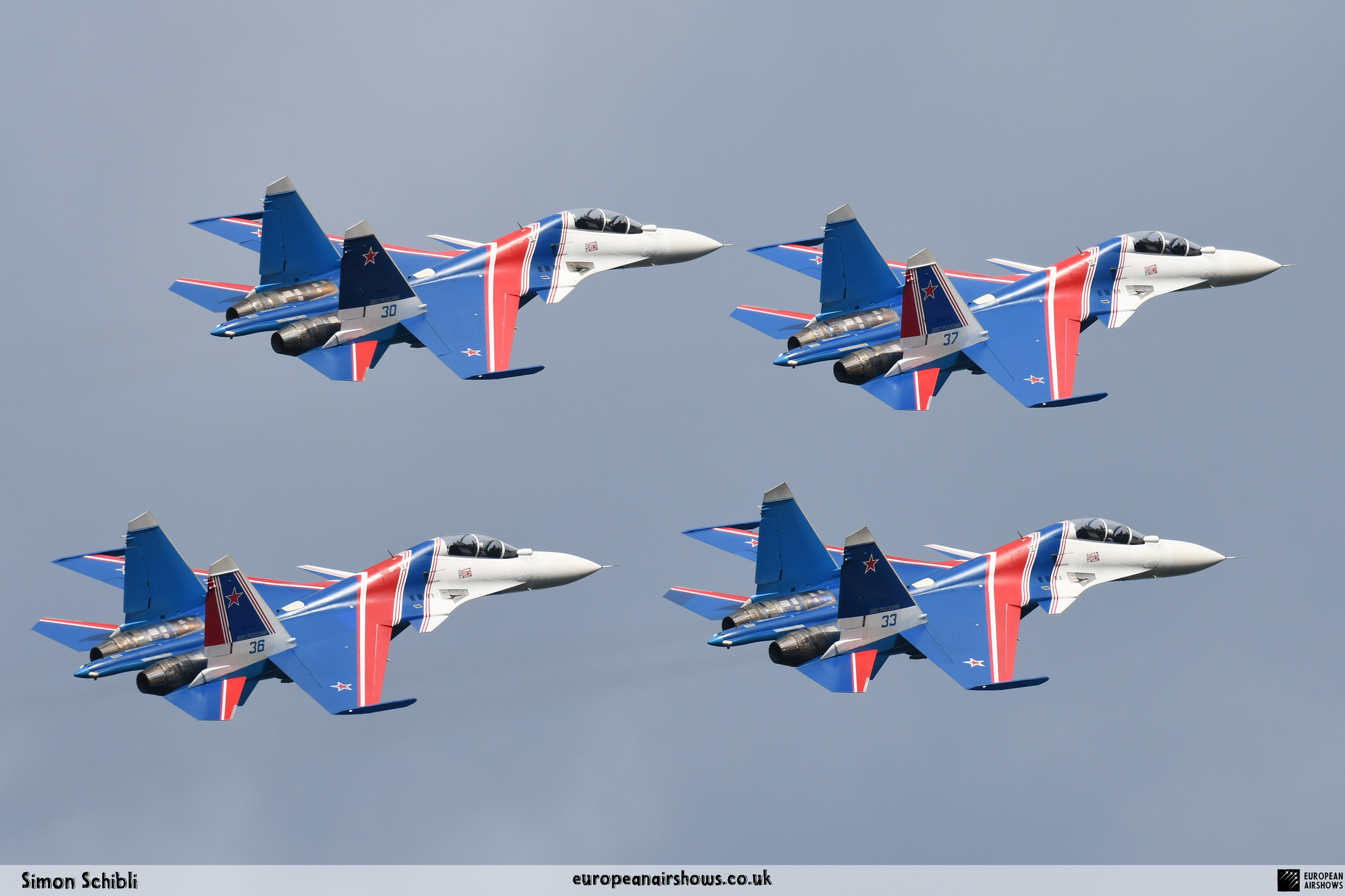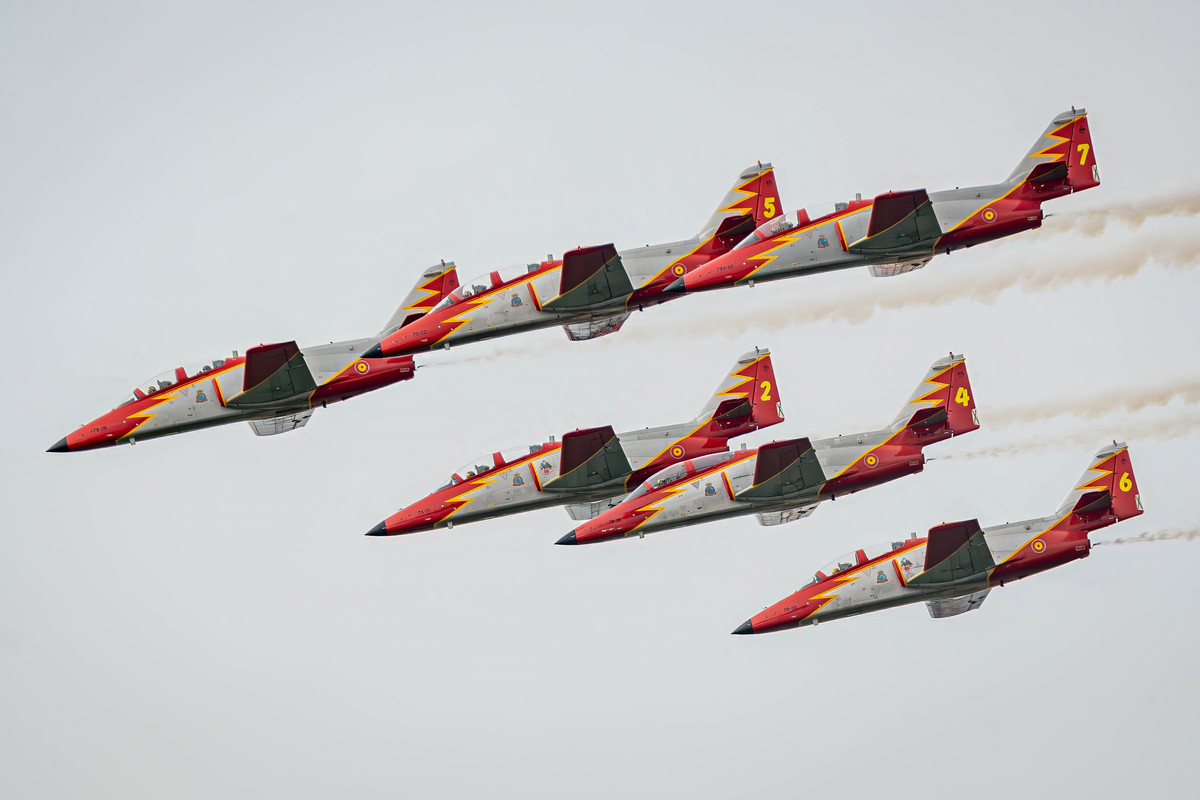
Patrulla Aguila
About the Team
Patrulla Águila, which translates to “Eagle Patrol,” stands as the esteemed aerobatic demonstration team of the Spanish Air Force. Formed on July 4, 1985, the team is headquartered at San Javier Air Base, located in the scenic Murcia region of Spain, near the tranquil waters of Mar Menor and the vibrant La Manga strip. This picturesque setting provides an ideal backdrop for their aerial performances, which captivate audiences both domestically and internationally.
The team operates a fleet of 12 Spanish-built CASA C-101 Aviojet jet trainers, a versatile aircraft specifically designed for aerobatic maneuvers. However, during airshows, only seven of these aircraft take to the skies, showcasing the team’s precision and skill. Patrulla Águila is composed of 11 highly trained pilots, each adopting the callsign “Aguila,” which translates to “Eagle” in Spanish. These pilots are not only accomplished aviators but also full-time flight instructors with diverse military backgrounds, lending their expertise to the team while pursuing their passion for aerobatics in their spare time. Supporting the pilots is a dedicated ground crew of 30 personnel, including 16 first-line technicians who travel with the team throughout the airshow season. This meticulous support ensures that the jets are always in peak condition, ready to execute their breathtaking routines.
One of the distinguishing features of Patrulla Águila is its use of yellow smoke during aerial displays, a unique characteristic that sets it apart from other military teams in Europe. The team is also renowned for its impressive formation landings, a testament to their precision flying and teamwork. The performances are carefully choreographed to adapt to varying weather conditions, with three distinct display types: a high display for cloud bases above 4,500 feet, a low display for bases above 2,500 feet, and a flat display for cloud bases starting from 1,500 feet.
During their captivating 20-minute performance, the first half showcases intricate close formation aerobatics, featuring challenging maneuvers such as barrel rolls, loops, and continuous formation changes. The second half of the display is marked by a dynamic separation into three distinct formations: a basic three-ship formation, a solo, and a synchro pair, each demonstrating the pilots’ skill and coordination. While the team previously executed an inverted loop, a maneuver that showcased their technical prowess and was performed by the most experienced solo pilot, this particular feat is no longer part of their routine. Patrulla Aguila was the only team in the world capable of executing this challenging maneuver in a jet. Nonetheless, the team continues to deliver thrilling performances that leave audiences in awe.
Team Overview
Number of Aircraft
6
Established
1985
Based
San Javier Air Base
Aircraft Type
Casa C-101 Aviojet
About the aircraft
The CASA C-101 Aviojet is a low-wing, single-engine jet trainer and light attack aircraft developed by the Spanish company Construcciones Aeronáuticas SA (CASA) in response to a need for a replacement for the Hispano Saeta. Its development began in 1975, with assistance from Germany’s Messerschmitt-Bölkow-Blohm and the U.S. company Northrop. The C-101 made its maiden flight in June 1977 and entered service with the Spanish Air Force in March 1980. While initially limited in weapons capability, later models expanded this feature.
The C-101 has seen export to countries like Chile, Honduras, and Jordan and has been used for aerobatic performances by the Patrulla Aguila team. As of 2019, the aircraft continues to serve in Spain and other nations. However, the Spanish Air and Space Force has retired the C-101 from its training role, transitioning to the Pilatus PC-21 for that purpose. Despite this retirement from training, the C-101 will continue to be utilized for aerobatic performances and as a combat trainer.
Team History
The roots of Patrulla Águila can be traced back to the Basic School of the Matacán Military Base in Salamanca, where its foundation was laid in 1954. During the 1950s and 1960s, Spain witnessed the emergence of various aerobatic patrols, including those based at Talavera la Real Air Base in Badajoz, Los Llanos Air Base in Albacete, and the Ascua Patrol at Manises Air Base in Valencia. These early formations laid the groundwork for the evolution of aerobatic teams in Spain, although none achieved the permanence and acclaim that Patrulla Águila would later enjoy.
The pivotal moment for the team came with the introduction of the CASA C-101 aircraft, a Spanish-made jet that proved to be ideal for aerobatic performances. This development led to the establishment of a permanent air patrol in 1985, primarily spearheaded by Captain Carrizosa. The team’s inaugural training flight took place on June 4, 1985, featuring a selection of the best pilots from the Spanish Air Force, handpicked for their exceptional flying skills and ability to work cohesively as a team. Initially, the team operated five aircraft, but this number quickly increased to seven, allowing for a more robust and dynamic performance.
As the team evolved, they adopted a striking new paint scheme that was inspired by the now-defunct Ascua Patrol, further solidifying their identity within the Spanish Air Force and the aerobatic community. Over the years, Patrulla Águila has celebrated numerous milestones, completing over twenty-five seasons of breathtaking aerial displays. With more than 25,000 flight hours logged, the team has participated in over 300 airshows, showcasing their skills at both civil and military events across Spain and beyond.
Some of their most notable performances include the Universal Exhibition of Seville, where they made a memorable debut using colored smoke to artistically depict the Spanish flag in the sky. Other significant appearances include the opening ceremony of the Volvo Ocean Race in November 2005 in Vigo and the Olympic Games held in Barcelona. One of the team’s most celebrated recent performances occurred during the festivities surrounding Spain’s triumph in the 2010 FIFA World Cup, where they took to the skies to honor the national team’s success.
In a recent development, as of 2023, Patrulla Águila has adjusted its fleet to operate six aircraft, a change that reflects the team’s ongoing commitment to excellence and adaptation in the face of evolving aviation standards. Despite this modification, the team’s dedication to delivering thrilling and precise aerial displays remains unwavering, ensuring that Patrulla Águila continues to inspire awe and admiration among aviation enthusiasts and the general public alike.
Did You Know?
- Patrulla Águila, the aerobatic demonstration team of the Spanish Air and Space Force, was established on July 4, 1985, and is based at the San Javier Air Base in Spain.
- The team operates 12 CASA C-101 Aviojet trainers, but only six jets are used for airshows, showcasing their impressive aerobatic skills.
- Patrulla Aguila was the only team in the world capable of executing an inverted loop in a jet, a challenging feat that was perfromed by the experienced solo pilot.
- Unique among military teams in Europe, Patrulla Águila is known for using yellow smoke during their performances, adding a vibrant touch to their displays.
- Patrulla Águila has participated in over 300 airshows since its inception, including notable events like the Olympic Games in Barcelona and the celebration of Spain’s 2010 soccer world championship victory.
Test Your Knowledge
1. When was Patrulla Águila formed?
